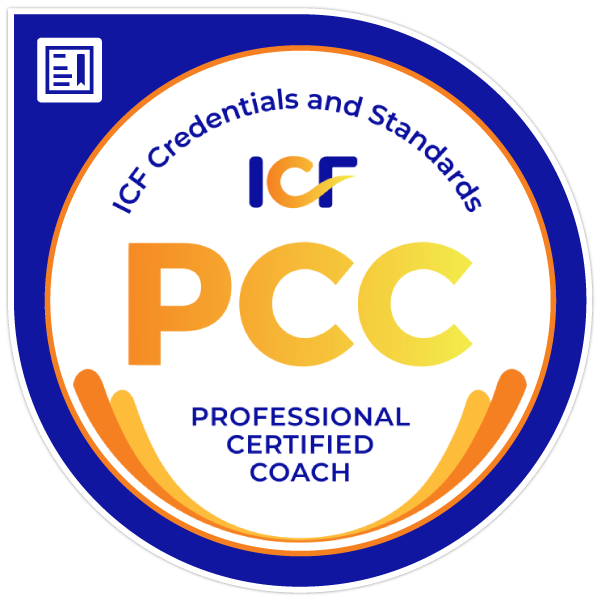
WORDS DON'T COME EASY? become a masterful communicator Blog by Tiffany Barnard
13th of May 2024Every day, we talk, we listen, we exchange ideas — communication is woven into every interaction. But, despite its constant presence in our lives, nobody ever really sits us down to teach us how to communicate effectively.
It's ironic, isn’t it? That something we do all the time can also be a major source of frustration, misunderstandings, and even relationship troubles.
Avoiding tough conversations can sometimes seem like the easier route, just to dodge potential conflict.
So why is something that should be so simple so hard in practice?
Breaking Down the Communication Barrier
Let's start by pinpointing where things often go wrong:
- Listening to Respond vs. Listening to Understand - Have you ever caught yourself thinking about what to say next instead of truly listening? That’s listening to respond. It means we’re not really absorbing the other person’s words or feelings.
- Wanting to Be Right vs. Wanting to Be Happy - Often, we spend too much time trying to prove we're right, fact-checking, and winning arguments instead of looking for peaceful solutions that make everyone happy. This focus can easily lead to unnecessary conflicts. By valuing harmony more, we can create more positive and productive conversations.
Why Do We Struggle With Effective Communication?
- Cultural Habits: From childhood, many of us are taught to focus on individual success and defending our viewpoints, which isn't always the best approach for understanding others.
- Lacking Emotional Smarts: Not being able to grasp or show emotions properly can make conversations tougher than they need to be.
- The Digital Divide: With more chats and less face-to-face time, our ability to understand each other’s full meanings can get lost in translation.
The Silent Side of Chatting
It turns out that most of what we communicate comes from nonverbal cues — over 75%, actually!
This includes things like facial expressions, the way we stand or sit, our hand movements, and even our tone of voice.
All these signals can drastically change the message we’re trying to send.
Improving Nonverbal Communication:
-
- Watch and Learn: Notice how others use body language and what it tells you.
- Align Your Signals: Make sure your body language matches your words — inconsistencies can lead to confusion.
- Get Feedback: Ask people you trust about how your nonverbal cues come across and make adjustments as needed.
- Consider the Context: Remember, different cultures may interpret body language in different ways.
How Can We Communicate Better?
Here are a few easy-to-implement tips:
- Really Listen: Focus on what the other person is saying, not on your next line. Acknowledge their feelings.
- Leave Your Ego Behind: Conversations aren’t competitions. Aim for outcomes that make all parties feel good.
- Boost Your Emotional IQ: Practice reading and showing emotions — it makes a big difference.
- Stay Present: Give your full attention to the conversation. This alone can improve the quality of your communication.
Better communication starts with a change in our approach. By focusing on understanding over being understood, and on collaboration over winning, we can greatly improve our daily interactions.
Being aware of both what we say and how we say it — including those all-important nonverbal cues — can open the door to clearer and more meaningful conversations.

Tiffany is an Professional Certified Coach (PCC) which was awarded by the International Coaching Federation (ICF), the leading global organisation dedicated to advancing the coaching profession by setting high standards. Tiffany trained at the Institute of Professional Excellence in Coaching (iPEC). Tiffany is also an Energy Leadership™ Index Master Practitioner (ELI-MP) and a COR.E Transitions Dynamics™ Specialist (CTDS).







